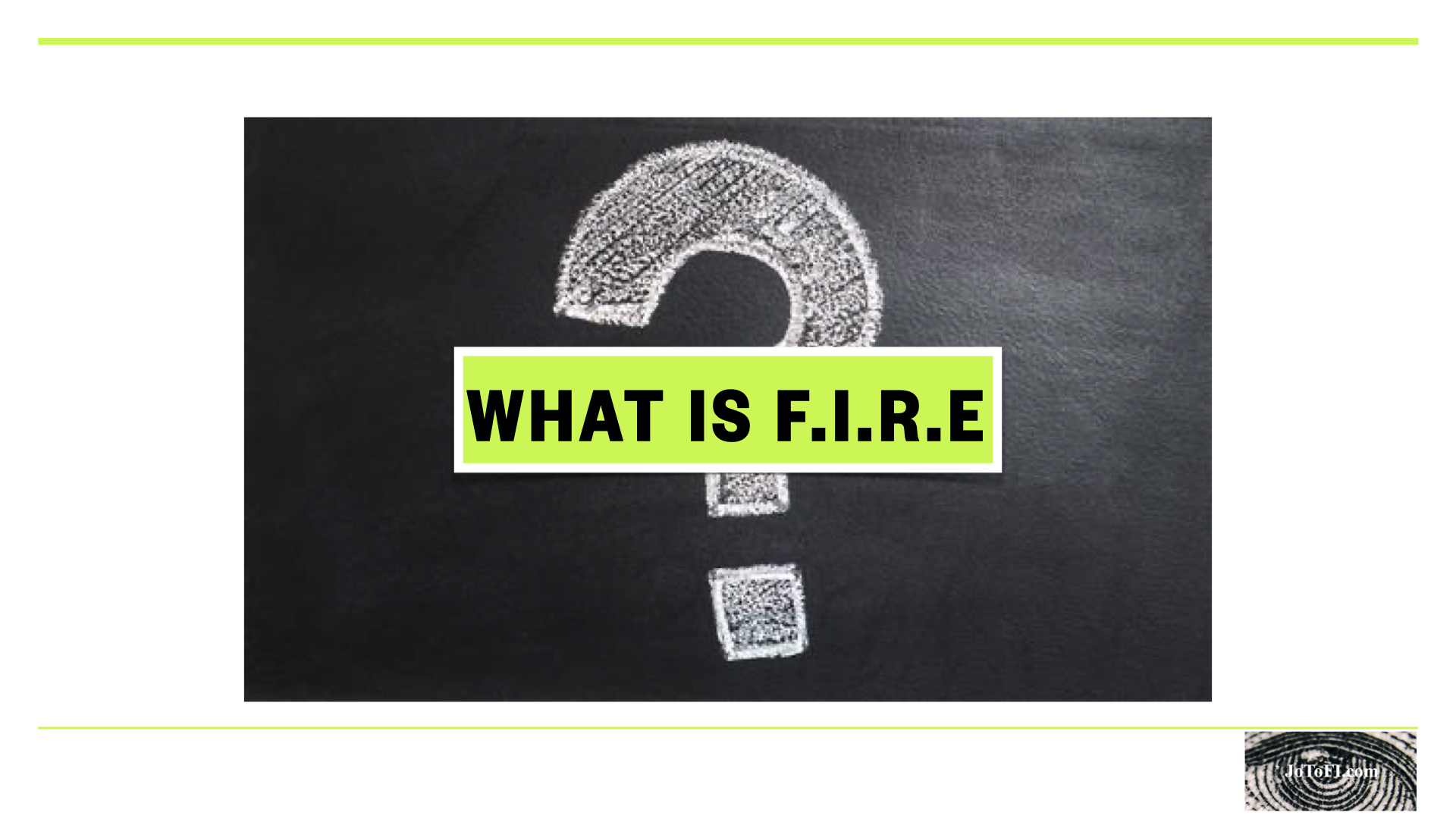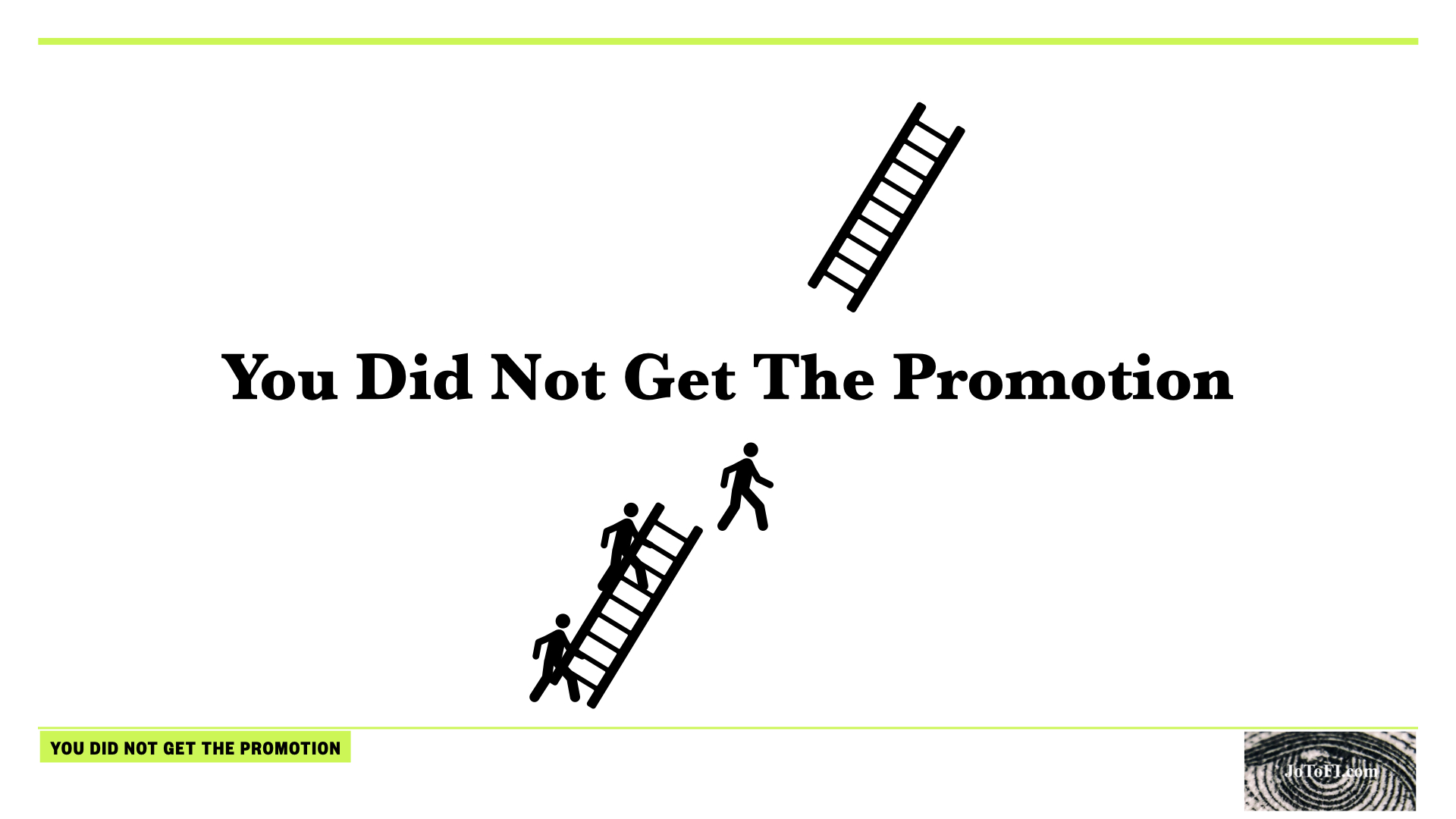On the journey to financial independence, each milestone is fuel for the next. One of the greatest initial milestone is that of accumulating your first dollar milestone over time. For many, saving the first $50,000 is at the top of the list. Of all the incremental $50,000 gains that you will achieve, saving the first $50,000 is the most difficult. Saving the first $50,000 is the most difficult because it includes taking the biggest step on your journey to financial independence — taking the first step.
Begin Now – Saving The First $50,000
If you are like most, once you decide to begin the journey to financial independence, you likely do not yet have an emergency fund or an active retirement account. If you do have such accounts, it is likely that they are underfunded. As such, the path to accumulating your first $50,000 will be the most difficult because it represents the beginning of a new journey.
Accumulating your first $50,000 will require a change in mindset and the implementation of new and at times, foreign concepts. To take your net worth from zero or negative to $50,000 will take time and effort. Time and effort makes any task difficult.
Below is a basic review of the difficulties that will be faced.
Your Financial Situation
Begin saving the first $50,000 by taking stock of your financial situation. What is your revenue and expenses over a period of time, for example a month? Are you saving? Can you increase revenue and decrease expenses? What is your debt load and how will you reduce it?
Based on the answer to these questions, devise a plan to journey to financial independence. Devising an appropriate plan that gives you a high likelihood of success will take time. The more time that goes into your planning, the higher the likelihood that you will succeed on your journey.
After designing your plan, you will need to implement the plan over the long term to achieve your goals.
The Plan – Saving The First $50,000
Just like enacting any plan that requires a change in habits or direct action, implementation of your plan to financial independence can be difficult. If you choose to save by cutting back on eating out, this will no doubt affect your social life. If you decide to work a side hustle, this will take time from other activities. To journey to financial independence, you will make sacrifices.
Think of a diet and how difficult it is to stick to such a plan over time. At times, it may take multiple attempts before breaking through and having success. To achieve success, you must start.
Your Emergency Fund
Now that you have a plan, how will you begin to bulk up your emergency fund. To obtain additional funds to support your journey to financial independence, will you be increasing your revenue, reducing your expenses or both?
Saving more is always more difficult than it sounds. This task is never straight forward. When contributing to your emergency fund, you will also need to consider your retirement fund and also paying down debt.
First, how will you increase income (Revenue minus expenses)? Will you increase revenues, decrease expenses or both? Will you first build your emergency fund or will you do all three (fund your emergency fund, pay down debt and contribute to retirement) together? This decision is situationally dependent, but very important to consider. For example, if you are receiving a 401k match from your employer, there is no reason to loose this free money. As such, you should contribute to your retirement account at least to the amount matched. Further, to ensure that your credit is not destroyed, it is best to keep your debts current by paying at least the minimum.
With regard to your emergency fund, how many months of expenses will you keep in your emergency fund. Will you contribute 3 months, 6 months or a year or more? This is dependent on your situation. Do you have a family or are you single? For your emergency fund, it is important to place your money where it is easily accessible, however, you must also consider where you will be able to obtain a reasonable interest rate. In effect, stay away from brick and mortar banks if possible, as online banks provide high yield saving accounts that will provide, while low, a significantly higher interest rate as compared to brick and mortar banks.
Contributing To Retirement
As noted above, once you begin to save, you should attend to your retirement fund, especially if your employer is providing a match. No matter how little you may contribute, contribute to your retirement.
Paying Down Debt
Once you begin to save, you will also need to attend to debts. You will definitely want to keep your accounts current by paying at least the minimum. Once your emergency fund is fully funded, it will be time to pay more than your minimum.
It is advisable to pay down debts having the highest interest rate. This will infact lower your interest payments as you pay down the debt. Another approach is to pay down the smallest debt first, such that you have a snow ball effect of, least balance to highest balance.
Essentially, by beginning this journey, you are increasing your net worth by incrementally reducing your debts while increasing your assets.
As you can see, because you are not only accumulating funds, but you are also paying off debt, accumulating your first $50,000 will take some time. Even if we simplify and include all savings and investments (including retirement) apart of your first $50,000, saving the first $50,000 will take some time and be the most difficult. Nonetheless, by consistency implementing your financial plan over time, you will achieve your goal.
Congratulations – Saving The First $50,000
While the journey will be long, you will achieve your goal of $50,000. But keep in mind that this is only the begining of the journey. Because of the plans, strategy and patterns that you now have in place, of the series of $50,000 that you will save, this will be the most difficult. As you move to save $100,000, you will arrive at that point a lot faster.
Consider that less of your funds will go toward debt payments and debt interest payments, you will potentially have a higher revenue (raises as you become more experience), your investments will grow over time and you will be comfortable and more knowledgeable about money generally. This all adds up to a snow ball effect with regard to your financial growth and accumulation over time.
Conclusion
On the journey to financial independence, each milestone is fuel for the next. One of the greatest initial milestone is that of accumulating your first dollar milestone over time. For many, saving the first $50,000 is at the top of the list. Of all the incremental $50,000 gains that you will achieve, the first is the most difficult. Saving the first $50,000 is the most difficult because it includes taking the biggest step on your journey to financial independence — taking the first step. Take your first step today.
Follow me on Twitter @JoToFI_com
Follow me on Instagram @JoToFI_com


